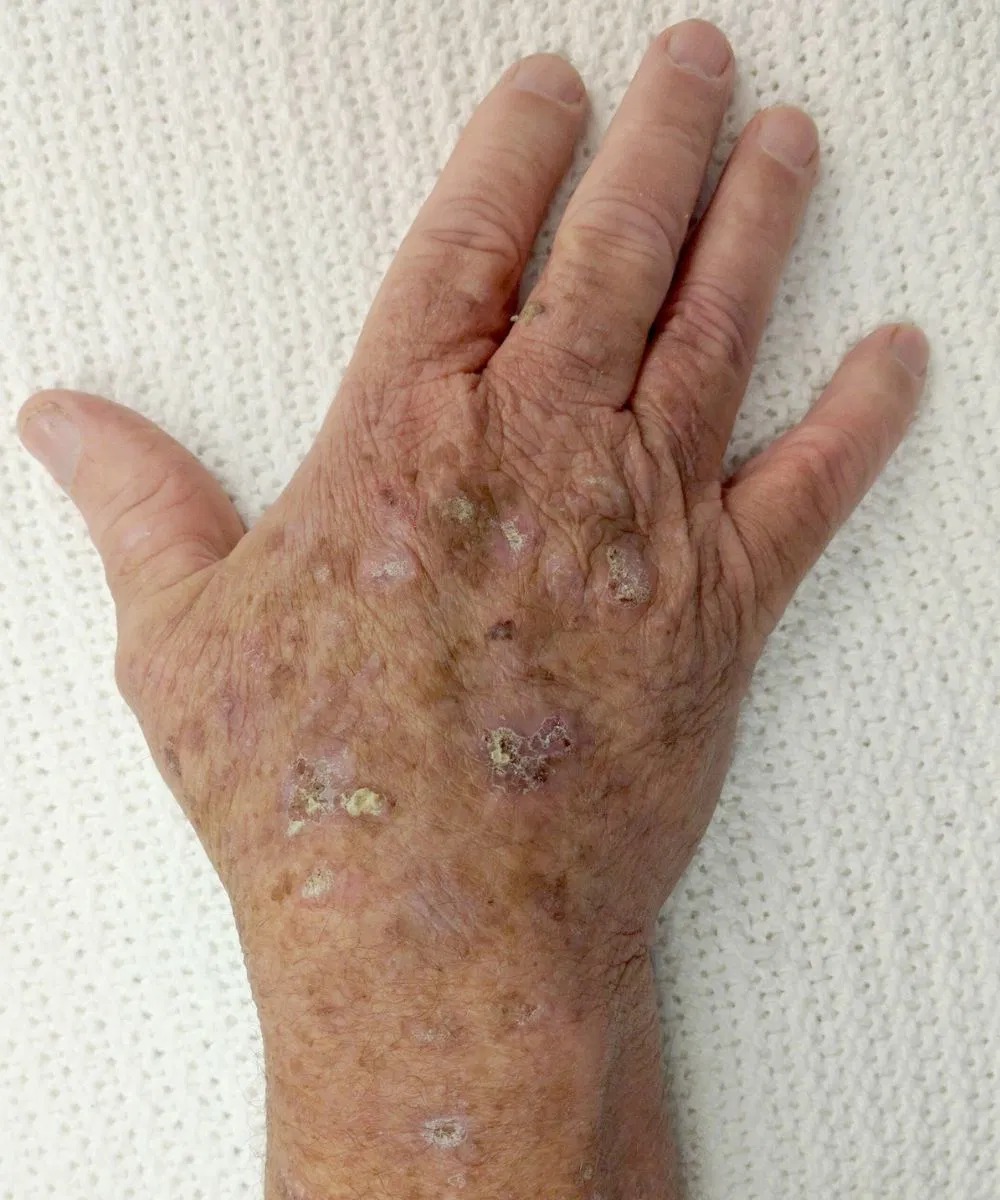
Understanding Keratosis: Types, Causes, and Treatments
Keratosis is a common skin condition caused by the overproduction of keratin, leading to rough, scaly, or thickened patches on the skin. While most types are harmless, some can signal precancerous changes and require medical attention.
Types of Keratosis
Seborrheic Keratosis
A benign, wart-like growth often seen in older adults. These brown or tan spots are harmless and usually don’t need treatment unless irritated.
Actinic Keratosis (Solar Keratosis)
Precancerous rough patches caused by long-term sun exposure, often found on the face, hands, or scalp. If untreated, it may develop into skin cancer.
Keratosis Pilaris
Known as “chicken skin,” this harmless condition causes small bumps due to blocked hair follicles, mostly on arms and thighs.
Causes and Risk Factors
Sun exposure is the main cause of actinic keratosis, while genetics and dry skin influence other types. Fair-skinned individuals and those with family histories face higher risks.
Diagnosis and Treatment
Dermatologists diagnose keratosis through exams and sometimes biopsies. Treatment ranges from cryotherapy and topical creams to gentle moisturizers for keratosis pilaris.
“Early detection and treatment are key to preventing complications,” experts emphasize.
Prevention Tips
-
Use SPF 30+ sunscreen daily
-
Avoid tanning beds and peak sun hours
-
Moisturize regularly
-
Monitor skin changes closely
When to See a Doctor
Consult a professional if lesions bleed, change rapidly, cause pain, or if you want cosmetic removal.

